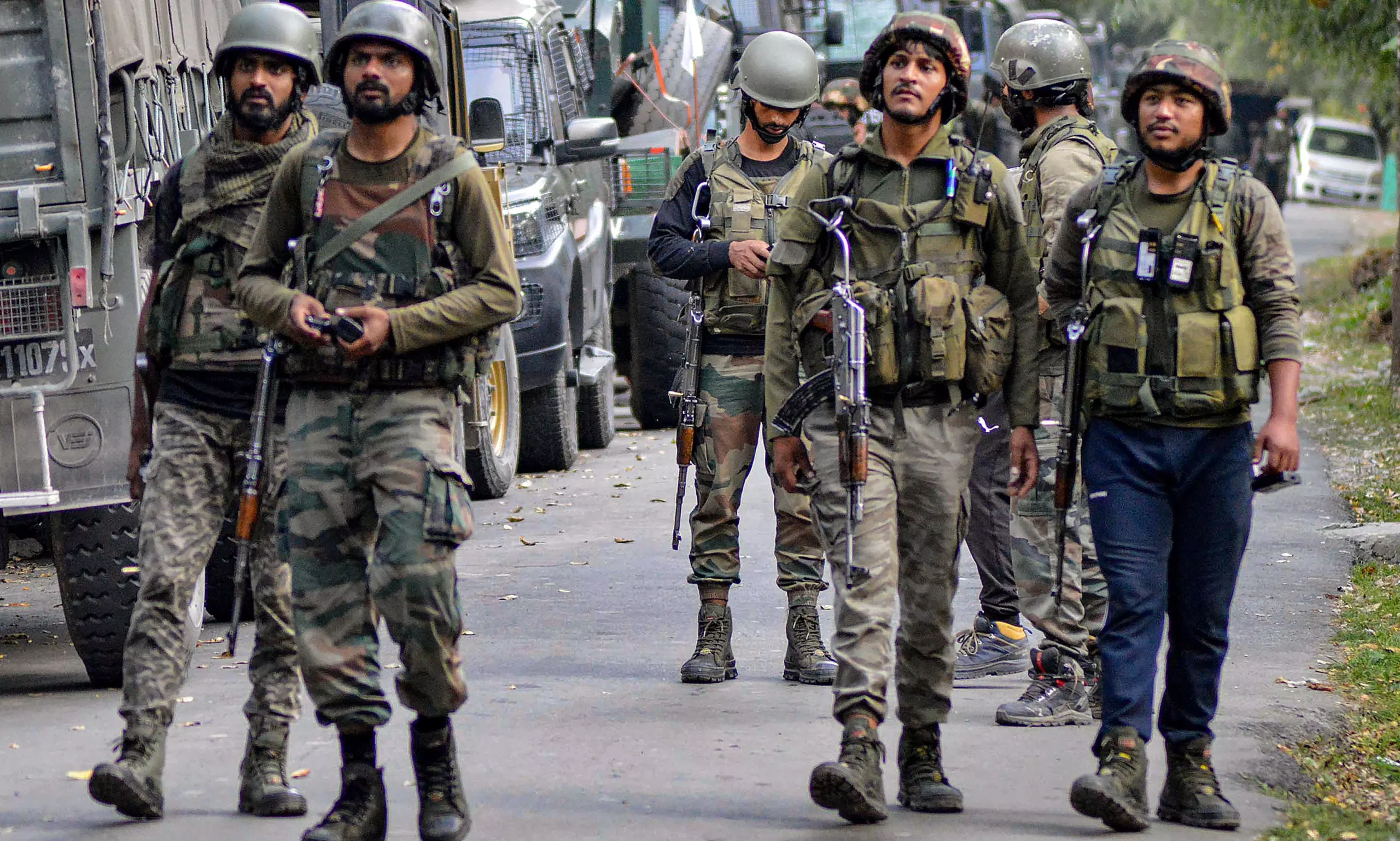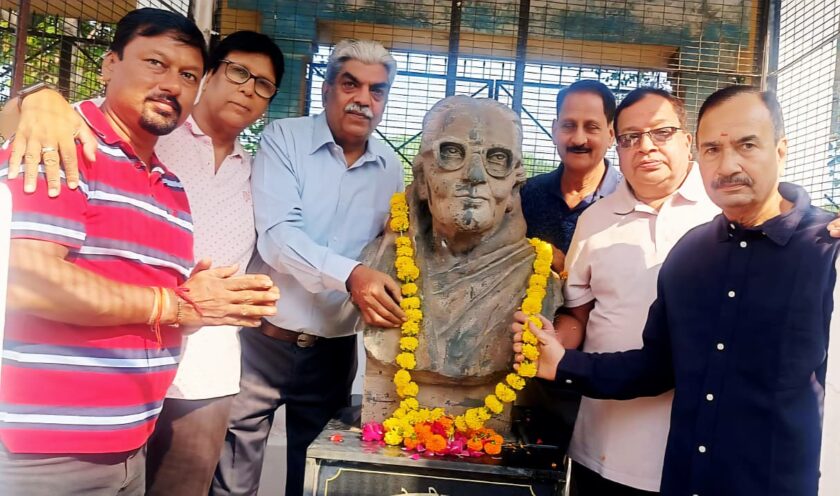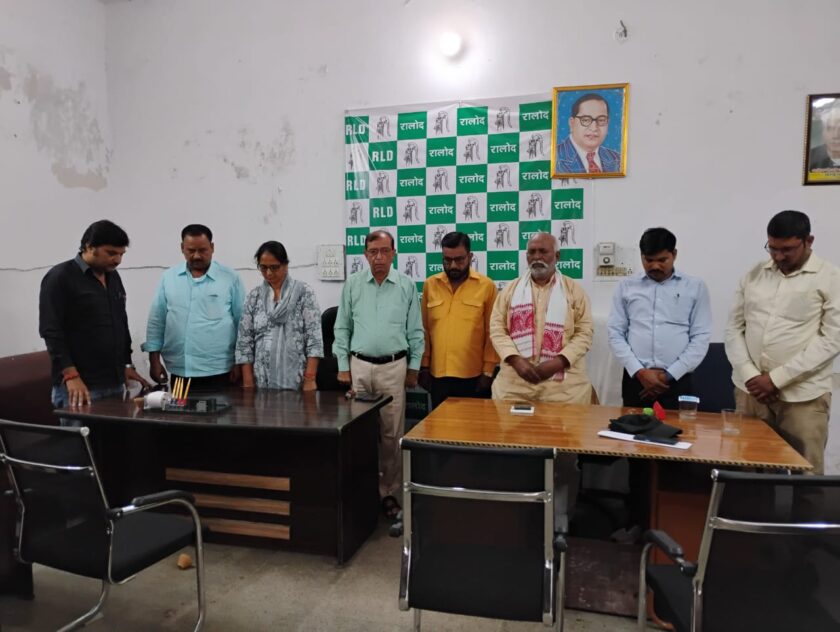Srinagar: The recent terrorist attack in the idyllic tourist haven of Pahalgam, Kashmir, is more than just another tragic incident in the long and troubled history of the region. It is a stark and brutal reminder of the persistent threat of terrorism, a body blow to India’s security apparatus, and a chilling assault on the nascent sense of normalcy that many hoped was taking root in the valley. The attack, targeting innocent civilians and potentially security personnel, demands not only our deepest condolences for the bereaved but also a rigorous and honest introspection into the vulnerabilities that allowed such an atrocity to occur.
Pahalgam, known for its breathtaking beauty and serene landscapes, is a symbol of Kashmir’s potential for peace and prosperity through tourism. This attack strikes at the very heart of that potential, aiming to sow fear, disrupt livelihoods, and undermine the efforts to integrate the region into the national mainstream. The timing of the attack, coinciding with the tourist season, suggests a deliberate attempt to maximize its impact, sending a message that no place, however picturesque or seemingly secure, is beyond the reach of terror.
The immediate aftermath of the attack must focus on providing relief to the victims and their families, and on a swift and thorough investigation to bring the perpetrators to justice. The security forces must be given the resources and the mandate to hunt down those responsible and dismantle the network that supported them. However, a purely reactive approach is insufficient. This incident necessitates a deeper analysis of the systemic failures, intelligence gaps, and security loopholes that allowed terrorists to strike in an area that should have been under heightened surveillance.
One of the most pressing questions that arises from this attack is the effectiveness of the counter-terrorism strategies currently in place. Despite years of security presence and numerous operations, the ability of terrorist groups to infiltrate and execute attacks remains a significant concern. This suggests a need for a comprehensive review of intelligence gathering mechanisms, the deployment and responsiveness of security forces, and the coordination between various agencies operating in the region. Are we adequately leveraging technology and human intelligence? Are there weaknesses in our perimeter security and area domination strategies? These are critical questions that demand honest answers.
Furthermore, the attack raises concerns about the potential resurgence or recalibration of terrorist groups in the region. While the overall level of violence may have seen fluctuations, the capacity for inflicting significant damage clearly persists. This could be attributed to various factors, including cross-border support, the exploitation of local grievances, or the emergence of new radicalized elements. Understanding the evolving dynamics of terrorism in Kashmir is crucial for formulating effective long-term counter-terrorism policies.
Beyond the immediate security response, the attack also has broader implications for the socio-political landscape of Jammu and Kashmir. The efforts to build trust, promote development, and foster a sense of belonging among the local population risk being undermined by such acts of violence. It is imperative that the government continues its outreach programs, addresses genuine grievances, and ensures that the benefits of peace and progress reach all sections of society. Alienation and disillusionment can create fertile ground for extremist ideologies to take root.

The role of the local population in countering terrorism cannot be overstated. While some elements may be sympathetic to or coerced by terrorist groups, the vast majority of Kashmiris yearn for peace and stability. Building stronger bridges between the security forces and the local communities, fostering a sense of shared responsibility in maintaining peace, and empowering local intelligence networks are crucial steps in isolating terrorists and preventing future attacks.
Moreover, the narrative surrounding Kashmir needs careful consideration. Sensationalizing the violence or painting the entire population with the same brush only serves the agenda of the terrorists, who seek to create division and fear. A nuanced and empathetic approach that acknowledges the complexities of the situation, highlights the resilience and peace-loving nature of the majority of Kashmiris, and focuses on building a shared future is essential.
The attack in Pahalgam should serve as a wake-up call, jolting us out of any complacency that might have crept in. It is a stark reminder that the fight against terrorism is a long and arduous one, requiring constant vigilance, adaptation, and a multi-pronged strategy that encompasses security measures, socio-economic development, political engagement, and community involvement.
In the aftermath of this tragedy, it is crucial to avoid knee-jerk reactions and instead engage in a sober and strategic reassessment of our approach to security in Kashmir. This includes:
- Enhanced Intelligence Gathering: Strengthening human and technical intelligence networks to detect and prevent terrorist activities before they occur.
- Improved Security Coordination: Fostering seamless coordination and information sharing between various security agencies operating in the region.
- Strengthening Perimeter Security: Reviewing and bolstering security measures in vulnerable areas, including tourist destinations.
- Community Engagement: Building trust and fostering cooperation with local communities to gain valuable intelligence and support peace efforts.
- Addressing Root Causes: Continuing efforts to promote economic development, address grievances, and create opportunities for the youth.
- Countering Radicalization: Implementing programs to counter extremist ideologies and prevent the recruitment of young people into terrorist groups.
The blood spilled in Pahalgam demands a resolute and comprehensive response. It is a moment for national unity, for standing in solidarity with the people of Kashmir, and for reaffirming our commitment to defeating terrorism in all its forms. This body blow to our security must not break our resolve but rather strengthen our determination to build a peaceful and secure future for all citizens of Jammu and Kashmir. The path ahead will be challenging, but with a clear vision, a cohesive strategy, and unwavering commitment, we can ensure that the beauty and tranquility of Pahalgam, and the entire Kashmir valley, are not overshadowed by the shadow of terror.






